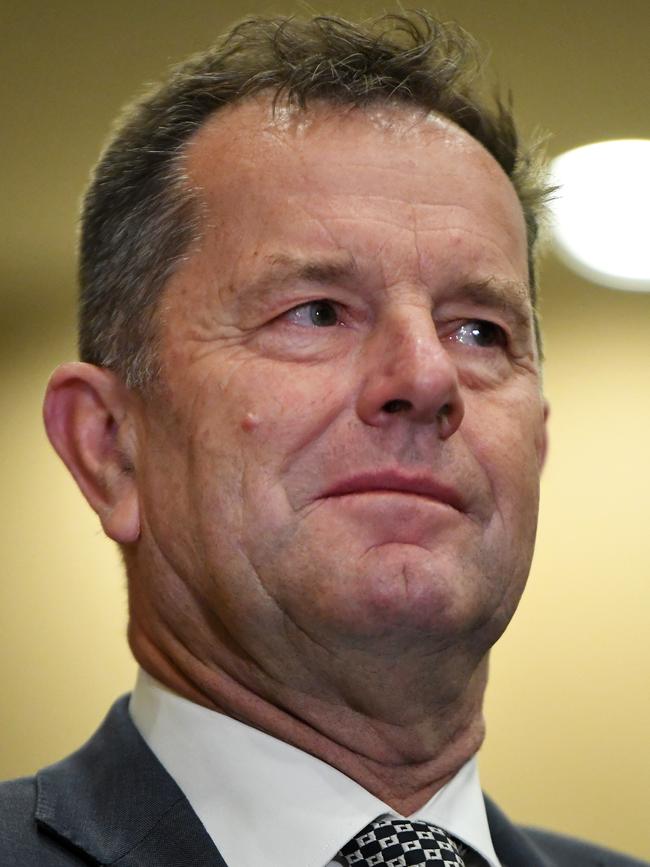Water release bolsters EP aquaculture production
Aquaculture in South Australia’s west is about to receive a welcome boost thanks to the release of unallocated water.

SA News
Don't miss out on the headlines from SA News. Followed categories will be added to My News.
- Supermarkets struggle as shoppers travel to regions to stockpile
- Are you getting the most from your Advertiser subscription?
Aquaculture production on the Eyre Peninsula is set to rise through the release of more than 6500 hectares of the region’s unallocated water.
The new release is a major jump, with about 4000 hectares of aquaculture area currently allocated and being farmed across South Australia.
Primary Industries Minister Tim Whetstone said the state’s seafood sector had huge potential.
“SA’s aquaculture industry is currently valued at $211 million, but that figure could soar if the industry takes full advantage of these new waters,” he said.
“The commercial growth of seaweed in particular is a unique opportunity for SA, as we have the potential to tap into a fast-paced ‘blue economy’ sector that could quickly expand to large-scale production and export to meet global demand.”

Member for Flinders Peter Treloar said in the past year there had been strong interest from the aquaculture industry in making more hectares available across multiple zones for farming algae, abalone and mussels in particular.
The aquaculture areas being released include:
LOUTH Bay, with up to 51 hectares for the farming of bivalve molluscs such as oysters or scallops, as well as algae.
LINCOLN Outer sector, with up to 5000 hectares for the farming of wild caught tuna and/or algae.
TUMBY Bay, up to 1295 hectares for the farming of algae, bivalve molluscs and some species of fish.
ANXIOUS Bay, up to 120 hectares for molluscs (other than oysters or mussels) and/or the farming of algae.
KELLIDIE Bay, up to 3 hectares for the temporary storage of bivalve molluscs (other than mussels).
STREAKY Bay, up to 40 hectares for the farming of abalone and/or bivalve molluscs.
BLANCHE Port, up to 37.5 hectares for the farming of bivalve molluscs (other than mussels).
BOSTON Bay, up to 19 hectares for the farming of wild caught tuna for tourism, research or education purposes only in the Boston Bay sector or grow-out in the Boston Island (east) sector and/or algae.
The call for applications closes on May 8.
Applications will be assessed by the Aquaculture Tenure Allocation Board against a range of criteria, including operating in an environmentally sustainable way and demonstrating commitment to the regional economy.
The successful applicants will be issued aquaculture development leases, invited to apply for a corresponding licence and required to meet all lease/licence conditions.
